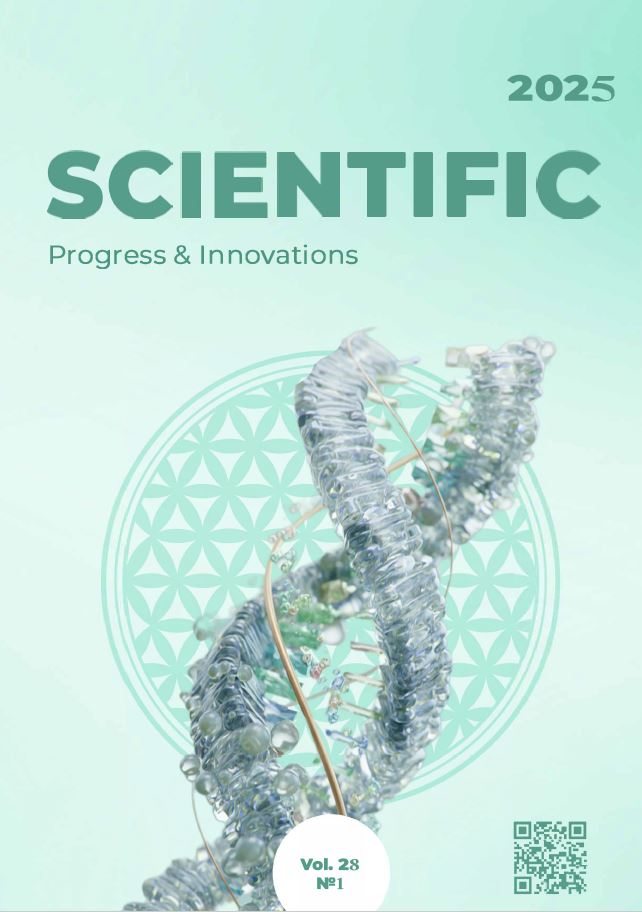Impact of agro-climatic factors and fertilization systems on yield and grain quality of hard spring wheat in the Left-Bank Forest-Steppe of Ukraine
DOI:
https://doi.org/10.31210/spi2025.28.01.14Keywords:
climatic conditions, soil conditions, grain weight per hectoliter, protein content, gluten content, falling number, vitreousnessAbstract
The cultivation of hard spring wheat holds strategic importance for Ukraine, as this crop serves as a valuable raw material for producing high-quality pasta and cereals, which are in demand both domestically and internationally. In the context of climate change and the pursuit of food security, hard spring wheat is gaining particular relevance due to its drought resistance, short growing season, and the ability to be effectively used as an insurance crop in case of winter crop failure. The aim of this study was to determine the impact of agroclimatic factors and fertilization systems on the yield and grain quality of hard spring wheat in the Left-Bank Forest-Steppe of Ukraine. Field trials were conducted during the 2023–2024 growing seasons in the Semenivskyi and Hlobynskyi districts of Poltava region, using two varieties of hard spring wheat: Akvilon and Nashadok. The results showed that weather conditions (HTC < 1.0) had a significant effect on the yield of both varieties. However, the Nashadok variety demonstrated higher stability, with a yield decrease of 6.7 % in 2024 (from 4.5 to 4.2 t/ha), while the Akvilon variety experienced an 18.4 % decline (from 3.8 to 3.1 t/ha). Both varieties met the grain quality requirements, but Akvilon had an advantage in protein content (on average, 0.2 % higher) and grain weight per hectoliter (on average, 1.2 % higher), whereas Nashadok excelled in gluten content (on average, 1. 0% higher). Additionally, both varieties exhibited nearly identical vitreousness, averaging 74.9–75.0 %. To improve yield and grain quality, it is recommended to adjust fertilization systems, expand the use of anti-stress treatments, apply chelated fertilizers and pre-sowing seed treatment, shift sowing dates to an earlier period, reduce seeding rates, and adapt agrotechnical practices to enhance soil moisture retention. The study results highlight the importance of adapting agronomic measures to specific weather conditions.
Downloads
Published
How to Cite
Issue
Section
License
Copyright (c) 2025 Scientific Progress & Innovations

This work is licensed under a Creative Commons Attribution 4.0 International License.

 Creative Commons Attribution 4.0 International Licens
Creative Commons Attribution 4.0 International Licens